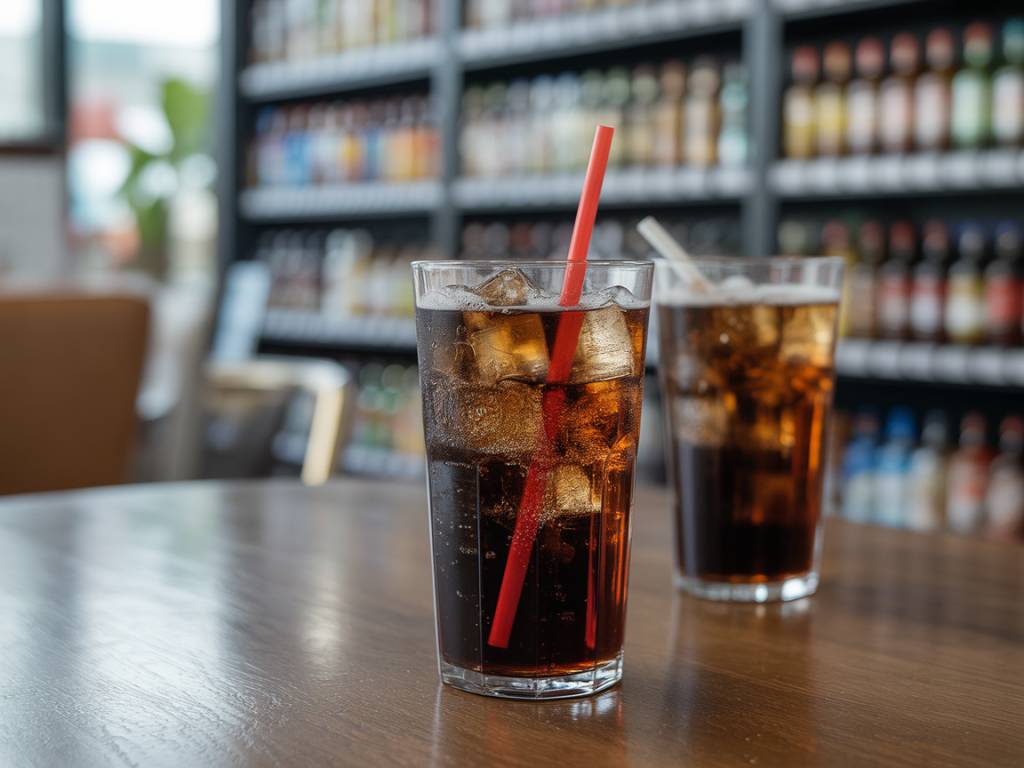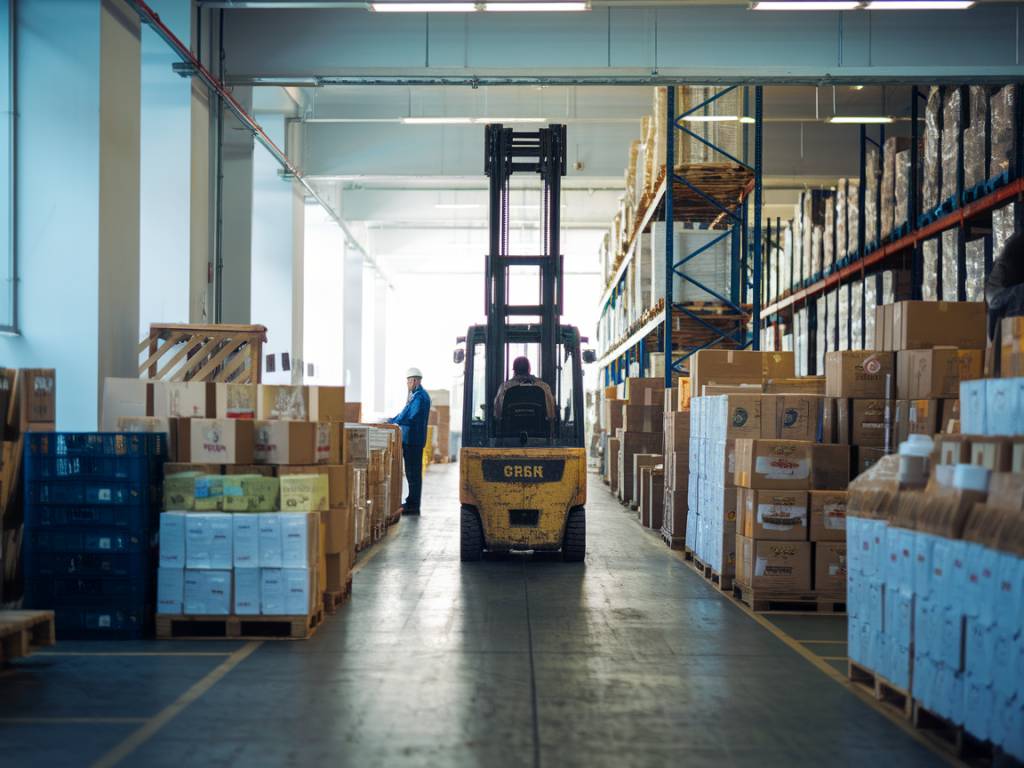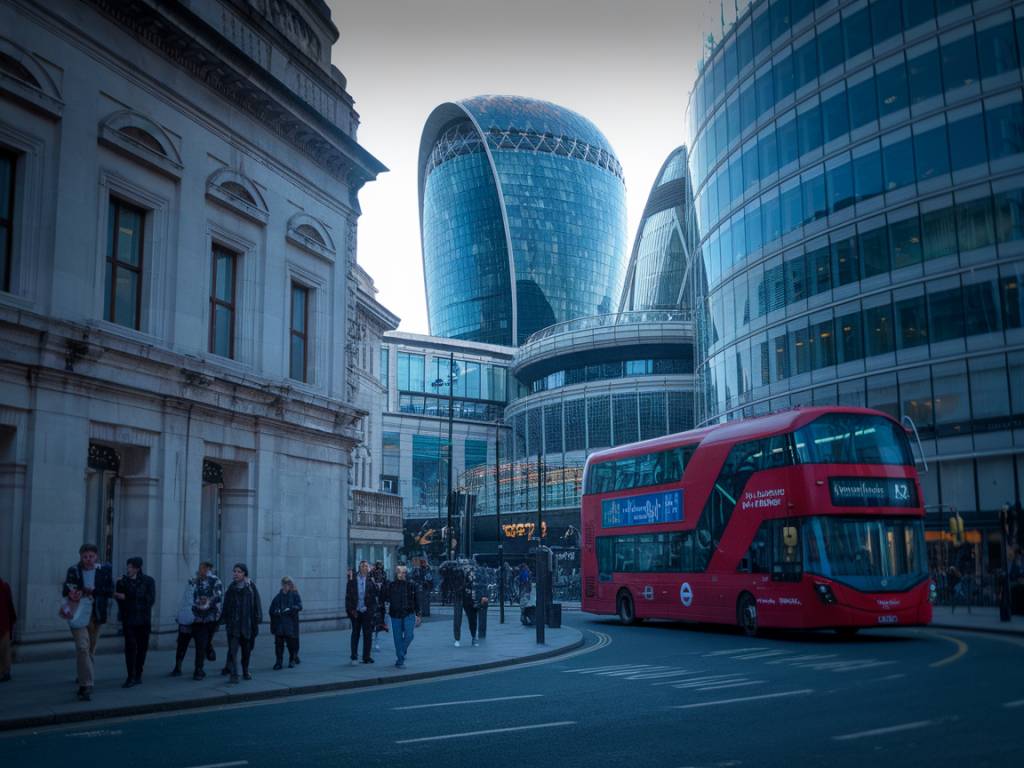The Carbonated Crusade: An Industry Bubbling with Change
There’s a curious poetry in the sound of a can popping open — that brief, effervescent sigh that blurts out before the first sip. For over a century, carbonated beverages have danced across tongues and across borders, shifting from apothecary marvels to cultural staples to symbols of corporate prowess. But like all empires intoxicated by scale, this one is evolving — surging towards new tastes, health-conscious demands, and technological alchemy.
In a market historically defined by a handful of giants and billions of bubbles, something interesting is happening. The very idea of « soda » is being reinvented, deconstructed, then carbonated again with purpose. Let’s track the footprints of industry titans, follow the emergent players nibbling at the edges, and ask — where’s the fizz headed next?
The Established Titans: Still Pouring at Full Pressure
Few sectors display such intense brand loyalty as soft drinks. Coca-Cola and PepsiCo have long been the dueling sun and moon of this universe — their gravitational pull nearly inescapable. Yet beneath their smooth exteriors lies tectonic reshuffling. These behemoths are no longer just selling sweetness; they’re grappling with the demands of shifting demographics, declining soda consumption in mature markets, and environmental scrutiny.
- Coca-Cola Co.: Its recent focus is twofold: portfolio diversification and sustainability. While still defending its flagship brands, Coke has poured resources into zero-sugar variants and acquisitions like Costa Coffee. The fizzy giant is shrinking its packaging and investing in reuse programmes, acknowledging — even if subtly — the environmental cost of single-use culture.
- PepsiCo: With a slightly more health-centric rebrand, Pepsi is doubling down on functional beverages such as bubly (its foray into flavoured sparkling water) and LifeWTR. It’s also leading a $1 billion green bond initiative aimed at reducing plastic waste and water usage across its operations.
Both companies are rethinking their place in the modern consumer’s fridge. Soda isn’t just about taste anymore. There’s identity, sustainability, utility — each can increasingly acting like a microcosm of consumer values.
The Rise of the Indies: Craft Meets Carbonation
While giants recalibrate, smaller disruptors are tapping into niches that once seemed trivial. Picture this: it’s not a cola, it’s a fermented botanical blend with gut-health benefits. Not a lemon-lime soda, but a yuzu-infused, adaptogen-laced sparkling tea. Sounds niche? Maybe. But it’s precisely that specificity that’s drawing today’s discerning drinkers.
Consider companies like:
- Olipop: A rebel with a fermentation cause, Olipop markets itself as a ‘new kind of soda’. It’s low in sugar, high in prebiotics, and wrapped in vintage-inspired branding that evokes nostalgia while ticking modern wellness boxes.
- Spindrift: With a commitment to using real squeezed fruit, Spindrift has become a darling among Millennials and Gen Z shoppers who squint at ingredient labels. It’s minimalism turned effervescent — and the Instagram aesthetic doesn’t hurt either.
- Reed’s Inc.: Known for its craft-style ginger brews, Reed’s straddles the line between tradition and trend, offering spiced sodas that slap with both authenticity and novelty.
What these players understand — and what the Goliaths are only now acknowledging — is that complexity doesn’t have to mean compromise. Today’s drinkers want narrative as much as nutrition, functionality with flavour. The can has become a canvas.
Functional Fizz: Where Wellness Meets the Whoosh
The zeitgeist is unmistakable. Sugar is a villain; gut health is gospel. Welcome to the age where carbonated drinks don lab coats and moonlight as wellness potions. This functional beverage segment is no passing fad — it’s quickly becoming a core growth engine, projected to expand at a CAGR north of 8% over the next five years.
From immunity-boosting ingredients like elderberry and zinc to adaptogenic herbs promising stress relief, the carbonated format is proving unexpectedly versatile. Curious inventions include:
- HOP WTR: A non-alcoholic hop-infused sparkling water with nootropics and adaptogens aimed at mental clarity. It’s basically IPA’s sober, enlightened cousin.
- Health-Ade Pop: Building on kombucha’s DNA, this line blends fizzy fun with prebiotic fiber — giving your microbiome something to toast to.
- Kin Euphorics: A beverage line that straddles wellness and hedonism, combining caffeine, amino acids, and nootropics to create « social boost » without the aftermath of alcohol.
Where soda was once about decadence, it’s now flirting with discipline. But make no mistake — we’re miles away from the era of clinical health drinks. These new breeds are not preaching penitence; they’re seducing with savvy branding and experiential messaging. Being healthy has never looked — or tasted — so cheeky.
Eco Spark: Sustainability as Competitive Carbonation
There’s an undertow beneath the bubbles: a reckoning with waste. Plastic bottles and aluminium cans may hold effervescence, but they also carry considerable ecological baggage. Consumers, especially younger ones, are holding brands accountable. And the industry is listening — some more reluctantly than others.
One noteworthy initiative is Coca-Cola’s ‘World Without Waste’ pledge: a commitment to collect and recycle every bottle or can it sells by 2030. Lofty? Absolutely. But even small steps — like paper-based bottles under pilot testing — speak to a growing pressure to reimagine packaging entirely.
Meanwhile, start-ups are experimenting with closed-loop systems, refillable bottles, and even dissolvable capsules that turn tap water into soda — offering not just innovation, but an invitation to rethink the very process of consuming.
Bubbles and Bytes: Tech Riding the Fizzy Wave
As ever, technology bubbles up even where least expected. Artificial intelligence, blockchain traceability, IoT-enabled fridges — the carbonated beverage industry is not immune to these emerging disruptions.
Consider SodaStream — once a humble home appliance, now part of PepsiCo’s strategic vision for personalisation and sustainability. With smartphone integration and flavour pods, SodaStream is trailblazing a future where your drink is crafted algorithmically, by your own hand, tailored to mood or diet.
Elsewhere, brands are using smart vending machines to gather consumer data or leveraging QR codes that invite storytelling via augmented reality. Imagine aiming your phone at a can and seeing the farmer who harvested the mint leaf or the designer who chose the label’s colour palette. Suddenly, soda becomes experience — interactive, immersive, and yes, still tasty.
Urban Brews and Local Loyalty: The City Factor
City culture increasingly defines beverage trends. Regional palates, urban demographics, and hyper-local ingredients are influencing soda evolutions. In Paris, you might sip a rhubarb-citron pressé from a corner soda salon; in Seoul, perhaps a black garlic cola designed for late-night study sprints. Cities — those dense, pulsating ecosystems — are laboratories for taste, texture, and trend.
This hyper-locality is turning consumers into curators. The carbonated drink becomes a story rooted in community — a shared ritual of terrace drinks or sidewalk chats. For entrepreneurs, it’s an open invitation: start small, stay personal, and perhaps fizz your way into hearts before heading for shelves at scale.
A Taste of Tomorrow
So where does all this leave the industry — and us, the thirsty public? Somewhere thrillingly in-between. Between old and new. Between indulgence and intention. Between technology and terroir. The carbonated beverage industry is revealing itself to be both mirror and map — a reflection of societal shifts and a preview of potentials yet tapped.
In every can now, there’s more than fizz. There are flavors coded with cultural nuance, labels printed with sustainable purpose, ingredients sourced with wellbeing in mind. Whether you’re sipping a legacy cola or a kale-pineapple adaptogen blend, the drink in your hand isn’t just refreshment — it’s a manifesto.
So next time you hear that sacred hiss of carbonation, maybe pause — and imagine the journey that bubble took. From factory or farm, trend lab or kitchen counter. There’s a story swirling inside. And like all good stories, it’s worth savoring — one sip at a time.




